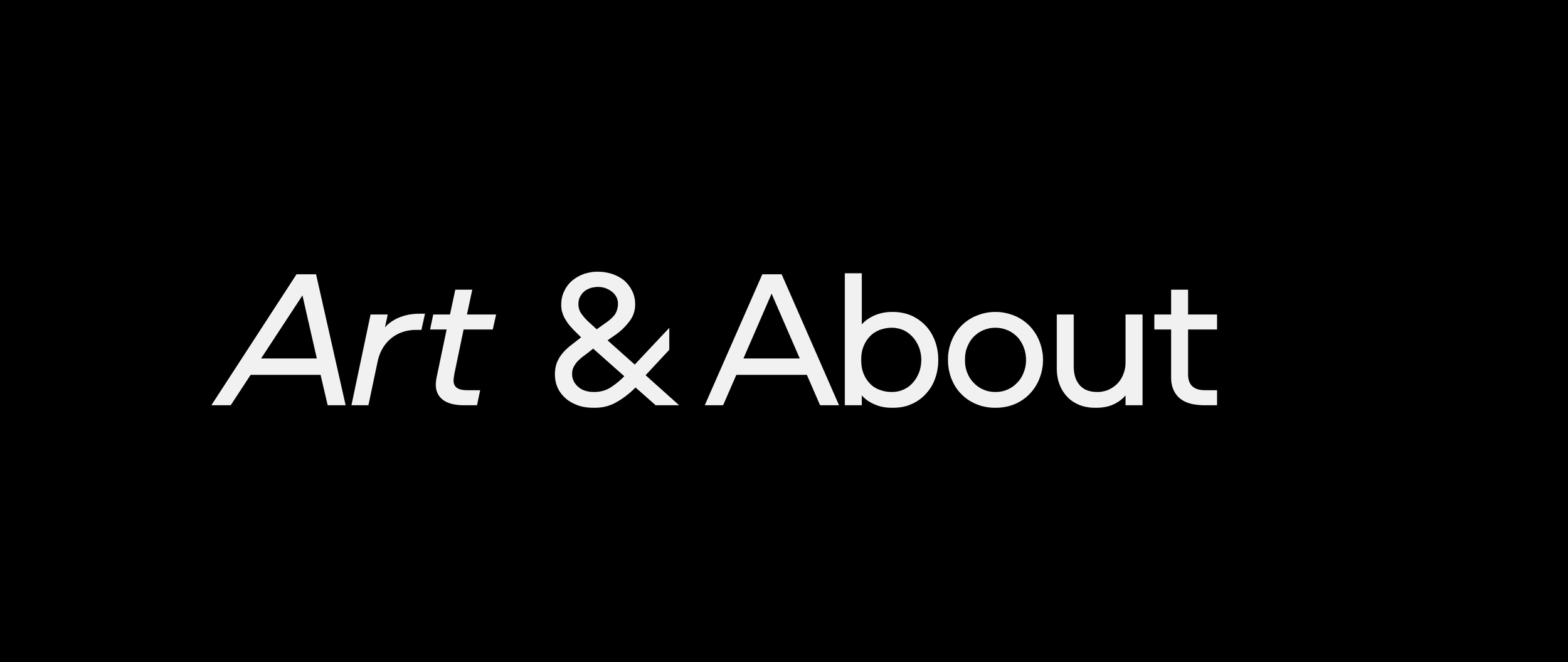EIKO OTAKE: The Duet Project: Distance is Malleable
By ASHLEY GIFFORD
On an early fall evening at the Portland Institute of Contemporary Art, a crowd waits in eager anticipation under a hush of palpable energy. Three large projections fill the wall in front of us, and a three-channel video appears as if mimicking a triptych. The video cycles through different landscapes, some of which feature Otake - a desert, a river, and scenes of a forest. Imagery that relates around her four major themes: how we grapple with cross-generational provocation; environmental and nuclear disaster; the malleability of distances between locations, individuals, and events; and what the dead leave us.
The videos play simultaneously as the crowd looks on, eager for the next movements that indicate the performance was about to commence. Slowly and subtly from the left, middle, and right aisles Otake and her performance collaborators make their entrance to the stage. The videos still playing in the background, the gushing sound of water flowing fast through a river, the sound of whirling leaves and branches intensifying.
Eiko Otake walks slowly into the frame facing the video she's in, and the sensation almost looks like her reflection. She holds nothing in her hands as she walks onto the stage in a white dress. Her collaborators, Marc Mccloughan, a poet and performing artist, and Ishmael Houston-Jones, a choreographer, appear. Mccloughan carefully holds a bowl of water as they enter through the middle aisle between the audience in bleacher seating. Houston-Jones slowly and tediously enters the stage, labored by the weight of the concrete block they are holding and balancing in their arms. The movement is exacerbating and tiring to watch. Nerve-wracking - will they drop the block I think?!
Otake’s return to Portland, and specifically at this year’s TBA, feels both calculated and much-awaited. Her practice has now circled back to include collaborators, despite performing as a soloist since 2014. As she learned to work alone, she came to realize that she was actually interested in creating and extolling the “we” through art-making. With a history of having “been trained as a collaborator,” it starts to make sense. Although not performing with Koma as she did in 2003, in this years’ version of The Duet Project, Otake performs with some of those people who become her collaborators. Alexis Moh filmmaker and environmental activist are also listed as a collaborator, and although not present at the performance, she appears in video installations with Otake that are presented within the performance. Otake even makes an acknowledgment that Moh is away from busy working on a documentary about the social-political situation at the US border, engaging with migrant families and children that have, and continue to be displaced as a result of the current administration’s policies.
In a recent interview with Laurel McLaughlin, Eiko mentions that she “works with a diverse group of artists, living and dead. Collaborators come from different places, times, disciplines, and concerns. Together, we try to maximize the potential[s] of our various encounters so as to reaffirm that distance is indeed malleable.” Within the framework of the performance, Otake’s words take on new meaning. As the viewer watches Th e Duet Project, a t this year’s Timebase Arts Festival, it is quickly apparent that death and loss is a theme being explored in this performative work.
When watching Otake perform it is hard to not see correlations to Butoh, often compared to their work with Kooma. Although Eiko and Kooma never billed their work as Butoh, they did cite Kazuo Ohno (a Butoh pioneer) as an inspiration. Butoh is an art form, that includes a dance with “slow, hyper-controlled motion” and imagery that can range from playful to grotesque. One main theme of Butoh as well is that it explores taboo topics. Although death is something we all inevitably face, Eiko points out how it isn’t often explored. Eiko attempts to solve this while straying from the casual. As such, The Duet Project activates a “practice” of dying, and does so in an emotional, physical and deliberate way throughout the performance. Otake’s use of their “body as a conduit,” and a vessel that must explore the themes of deaths, distance, and disaster helps to reveal how we are all intrinsically linked to these themes. When the performance ended, a collective shift came over the crowd - altered by simply bearing witness to what is always in front of us - life.
